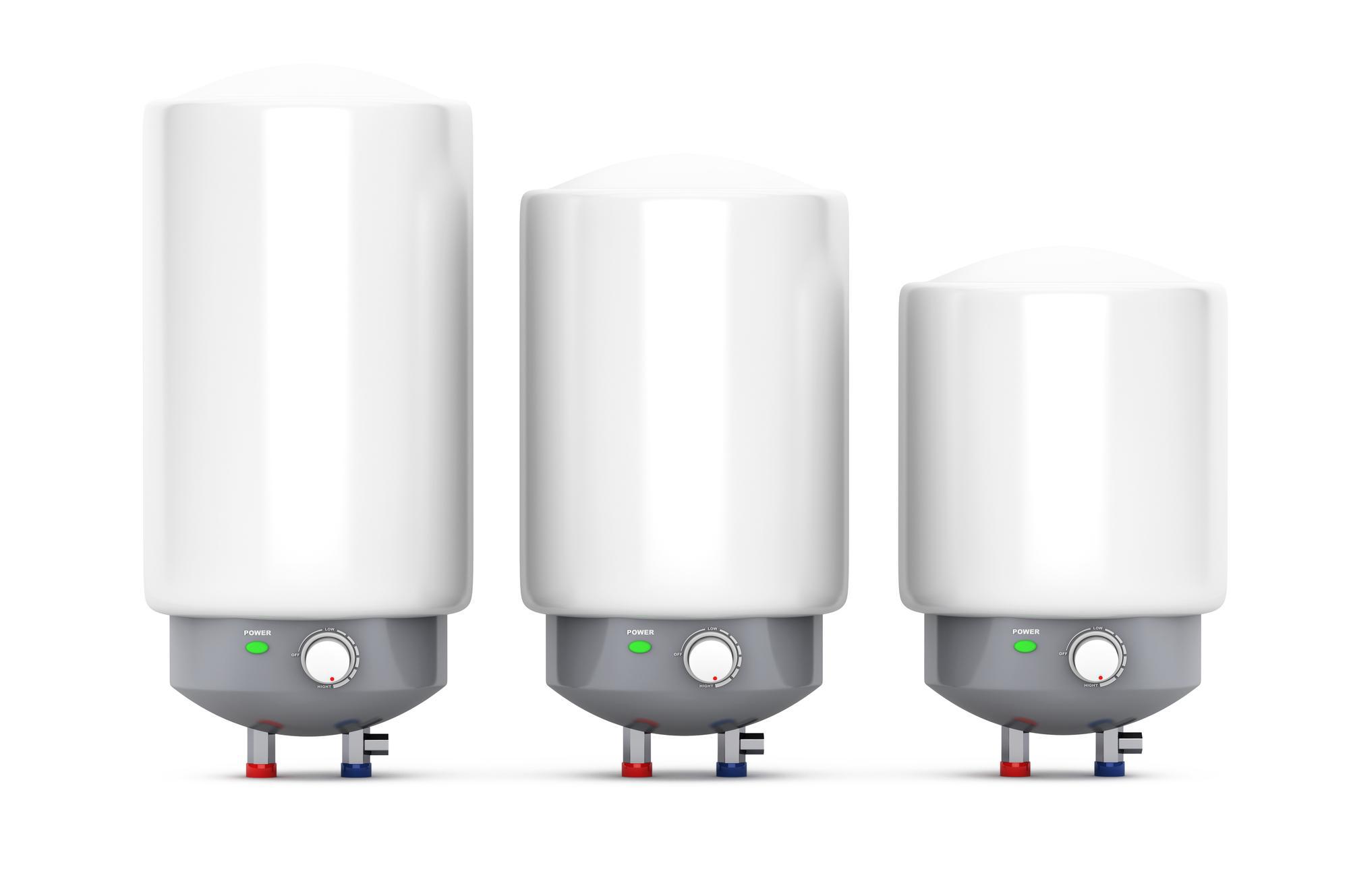Which Size of Hot Water System?

Access to a hot water system is essential in the modern world. Not only does it provide you with a means of personal and home-based hygiene, but it is also vital for heating your home. As such, water heating accounts for around 25% of your annual energy use.
Types of Hot Water Systems
There are many types of hot water systems. Depending on when you built your home, your primary source could be different from a relative. Additionally, a qualified plumber can supplement your primary system with modern technology for lower bills or dependency on fossil fuels.
Electric Systems
Electrical water heating systems are cheap and easy to install. However, they are among the most expensive you can run. So, you should consider your tariff carefully when using electricity. A typical four-person home will require between 125 and 315 litres depending on peak use.
Gas Boilers
Gas is the most common water heating method available and is, therefore, the cheapest to run. However, natural gas prices fluctuate. Nevertheless, you can install a gas system inside the home with adequate CO ventilation, and 135 to 170 litres should be enough for a typical family.
Solar Panel Supplements
A large area is required to run a home on solar alone. Yet installing photovoltaic panels on your roof can significantly reduce your electricity bills. Therefore, solar panels are an excellent choice for running an electric water heater. 4m2 will provide enough energy for a 360-litre tank.
Integrated Heat Pumps
Heat pumps are less common but more efficient. Using condenser technology, similar to your fridge or HVAC system, they are typically integrated into the water tank as one unit and must be outside. Between 270 and 315 litres should be enough for your family.
Heating Method
As with most systems that perform an essential function, more than one method is available. For example, there are two ways you can access your hot water; the storage method and the continuous flow method.
Storage Tanks
All water heating devices are attached to a tank of some kind. Each one works to heat the water inside that tank. The storage method heats the water in an insulated tank, which keeps it hot. Again, a cost-effective approach when money is tight or you use much water.
Continuous Flow Instant Heating
The continuous flow system heats cold water to your tank as you need it. This technique commonly uses a gas boiler to heat your water, but electric systems are also available. However, a typical house needs a flow rate of around 24 litres per minute.
Household Size and Water Usage
Typically, one person uses an average of 50 litres of hot water per day. Of course, many factors contribute to this, such as when you shower, how long and whether you use a washing machine or dishwasher to hot wash clothes and dishes.
A two-person household requires 100 litres of hot water per day, given the average usage. Therefore, an electric heating system powered by solar panels could be a very cheap and efficient method of accessing your hot water. However, excessive use or use by a more prominent 4-person family would require a more robust system such as a gas boiler.
Conclusion
Access to hot water is available via various devices for heating. It will account for around a quarter of your energy bills. However, depending on your average usage (50L per family member), you can decrease the cost with an adequate tank and heating method.
For example, suppose you use an electric water heater. In that case, you would benefit from installing solar panels that will provide enough power to heat your water, drastically cutting your bills.



